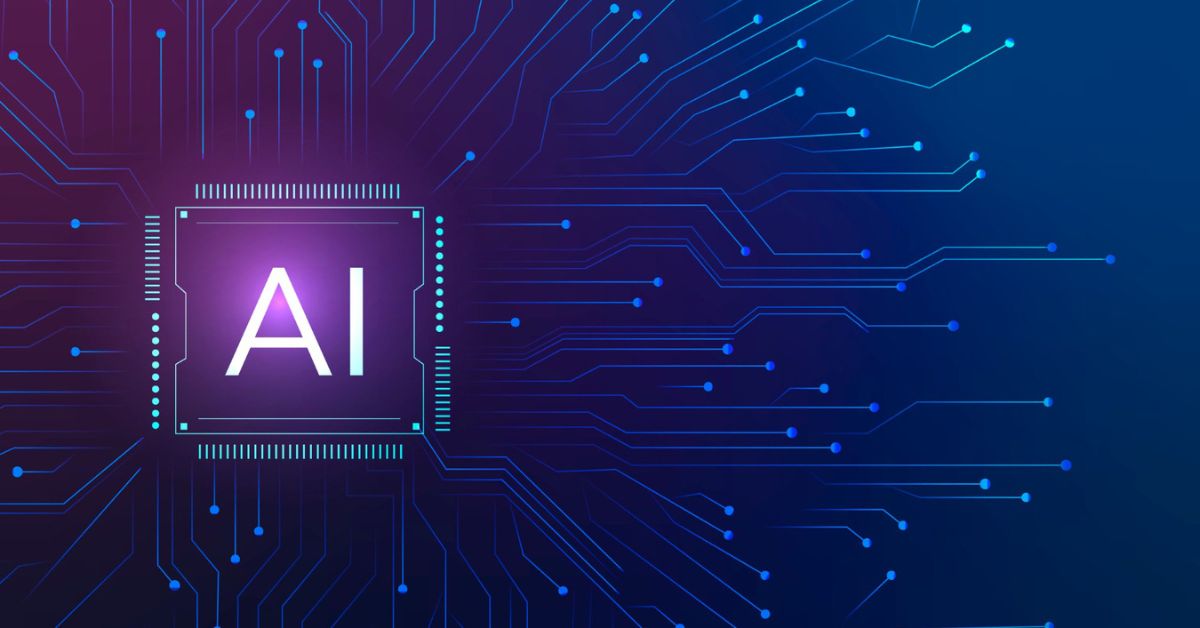Edge AI refers to deploying artificial intelligence models directly on edge devices—like smartphones, IoT sensors, industrial cameras—enabling real-time data processing without relying on cloud connectivity. In 2025, it’s becoming increasingly pervasive thanks to dedicated chips, 5G integration, and federated learning systems .
Why It’s Trending Now
Ultra-Low Latency
Processing data locally ensures near-instant response times—crucial for use cases like industrial safety, autonomous vehicles, and AR/VR apps theedgesearch.com.
Enhanced Privacy & Security
Local data analysis mitigates privacy risks by avoiding cloud uploads—ideal for health monitoring, smart homes, and surveillance
Energy Efficiency
Specialized edge chips deliver AI capability with minimal power use, extending battery life of portable and embedded devices .
5G and Distributed Cloud Synergy
The rollout of 5G networks and distributed cloud architectures enables truly seamless AI at the edge
Core Technologies Behind the Trend
| Technology | Description |
| Edge-specific AI chips | Custom silicon offering GPU/TPU-like performance on-device |
| Federated learning | Models trained across devices without centralized data sharing |
| 5G + Edge Platforms | Combines speed and infrastructure for mission-critical use cases |
| Edge orchestration tools | Kubernetes and serverless frameworks now support edge environments |
Key Use Cases
- Healthcare wearables: On-device monitoring systems detect anomalies in real time, preserving privacy and reducing latency.
- Industrial IoT: Equipment equipped with edge AI triggers maintenance alerts and safety measures before issues escalate.
- Autonomous systems & AR: From self-driving vehicles to AR/VR, edge AI supports immediate processing essential for immersive, safe experiences.
SEO & Content Strategy
Why Target “Edge AI”
Search growth: Rising developer and enterprise interest makes it a high-potential term.
Multi-industry relevance: Hospitals, factories, consumer devices, and cities all increasingly rely on edge capabilities.
Content opportunities: Case studies, hardware reviews (e.g., edge AI chips), implementation guides, and privacy/security insights.
Related Pivot Keywords
federated learning
edge computing
smart IoT device.
5G edge AI integration
on-device machine learning
Suggested Content Structure
Intro: Define edge AI, explain its importance.
Why 2025 is the year: Highlight edge chip innovations, 5G, and privacy trends.
Key enabling tech: Cover edge chips, federated learning, orchestration.
Use cases by sector: Healthcare, industrial monitoring, consumer devices, smart cities.
Challenges & Solutions: Security risks, battery constraints, device heterogeneity.
Getting started: Tools, frameworks, sample devices, and development steps.
Future outlook: Forecast edge AI’s integration with AR, autonomous systems, and sustainability goals.
Final Take
Edge AI is transforming how and where intelligence happens. With its real-time, private, and efficient processing, it’s fueling a new wave of innovation across industries. For content creators and tech leaders, this keyword offers rich opportunities—from hands-on implementation tutorials to strategic analysis pieces.

